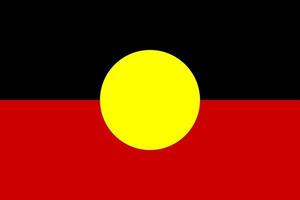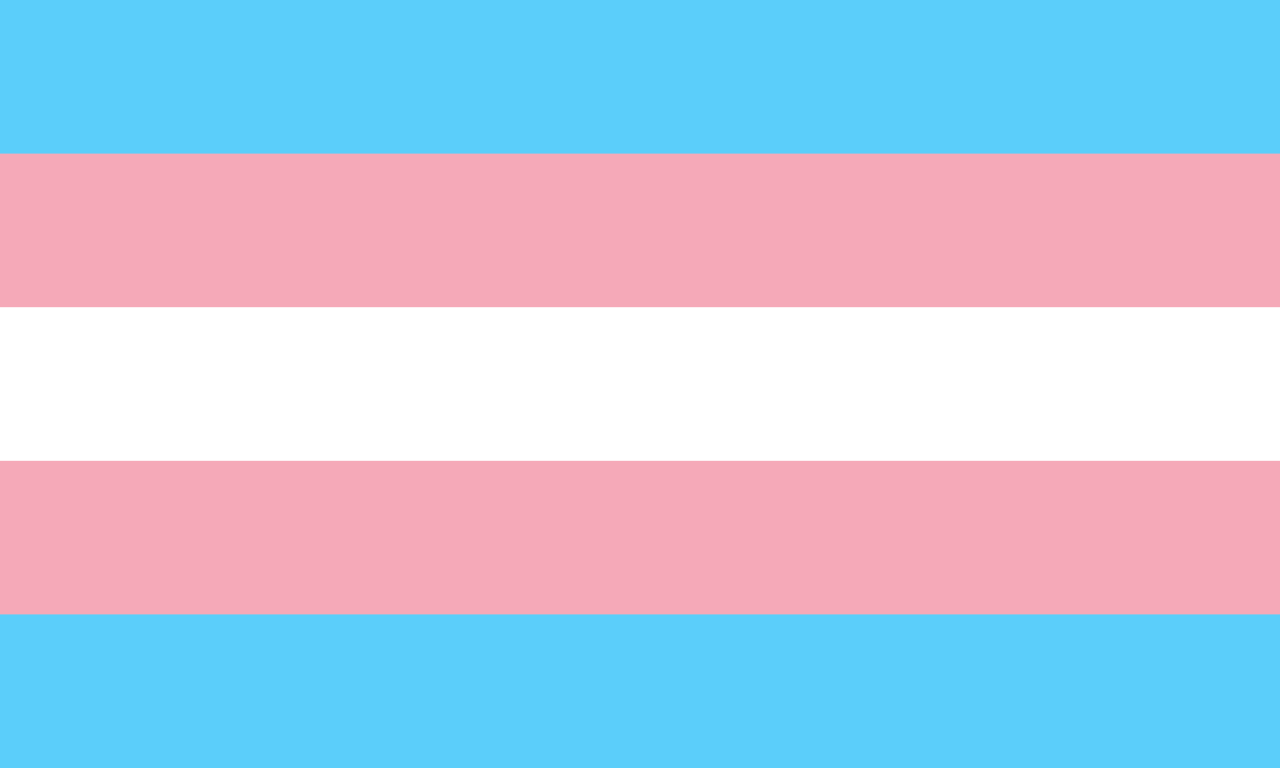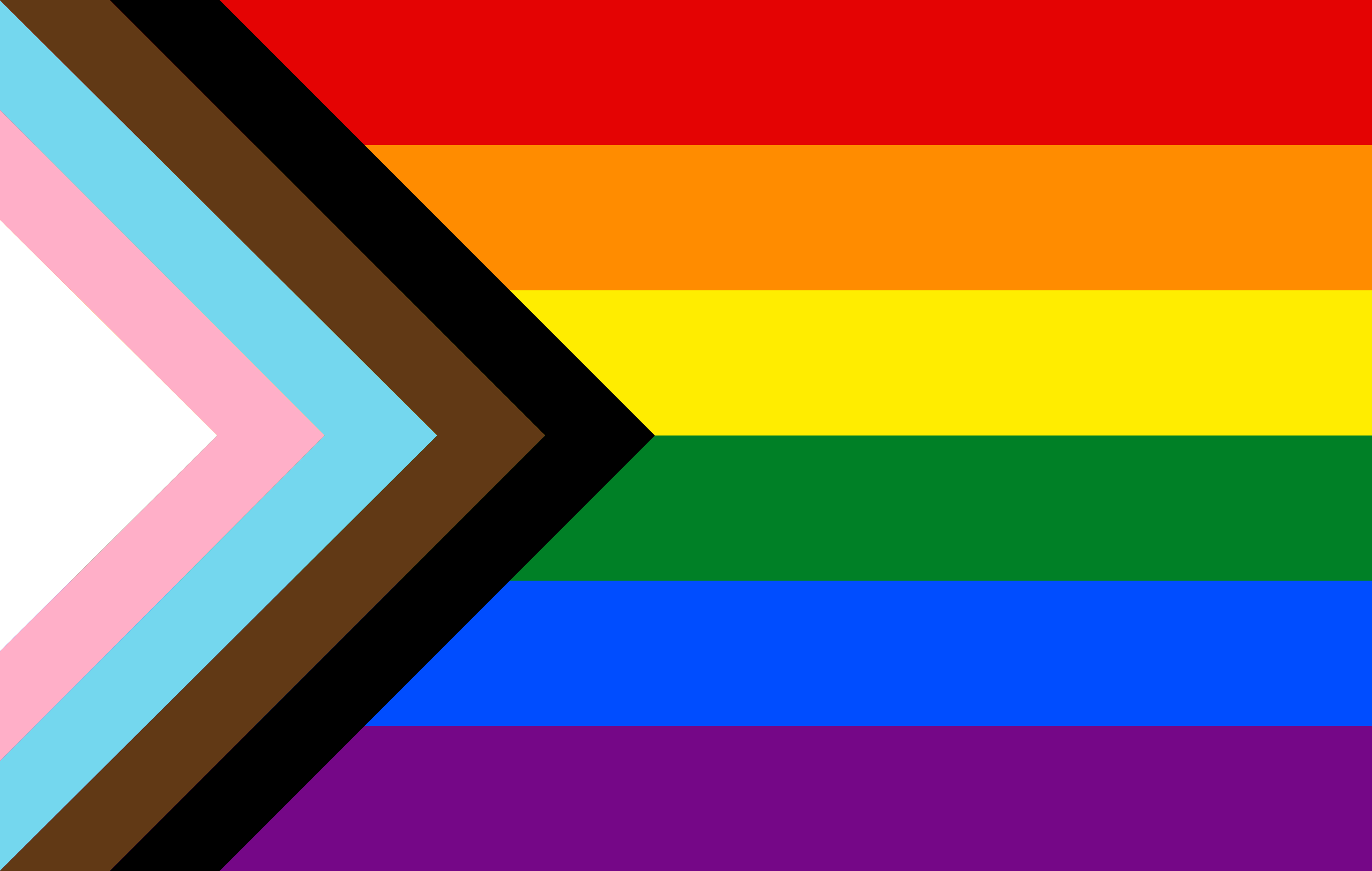Double Incision Mastectomy
Double Incision Mastectomy
Double Incision Mastectomy
A double incision mastectomy is a surgical procedure commonly performed as part of gender-affirming top surgery for transgender men or nonbinary individuals. It involves making two horizontal incisions across the chest to remove breast tissue, followed by repositioning and resizing the nipples for a masculine chest contour.
Despite the double incision mastectomy being one procedure, a range of different techniques employed depending on body type and desired cosmetic outcome. These are outlined on this page to help facilitate a conversation between you and your surgeon.
Overview and General Considerations
The Double Incision Mastectomy is the most commonly performed operation for top surgery. It is most suitable for people with average to larger breast size (B cup and above). Key considerations for the surgery are scar placement and nipple reconstruction.
Double incision mastectomy is a low risk and safe operation.
Pros
Most common technique suitable for most patients
The technique allows for a very flat chest contour
Flexibility in the new nipple’s location, size and shape.
Cons
The nipple will have to be removed during surgery and requires a separate procedure to restore them if you wish to have them (free nipple graft, 3D tattoo or prosthesis)
Long incisions and resulting scarring may be visible along the base of the chest
Nipple care after surgery is more involved than after other procedures
For some body types, there is a risk of skin and tissue flaps under the arms, an aesthetic commonly called 'dog ears'.
Scar Placement
Chosing where to place the scar is important for the final cosmetic outcome. Depending on the size of the breast, there are some considerations which will help to provide a stronger aesthetic appeal.
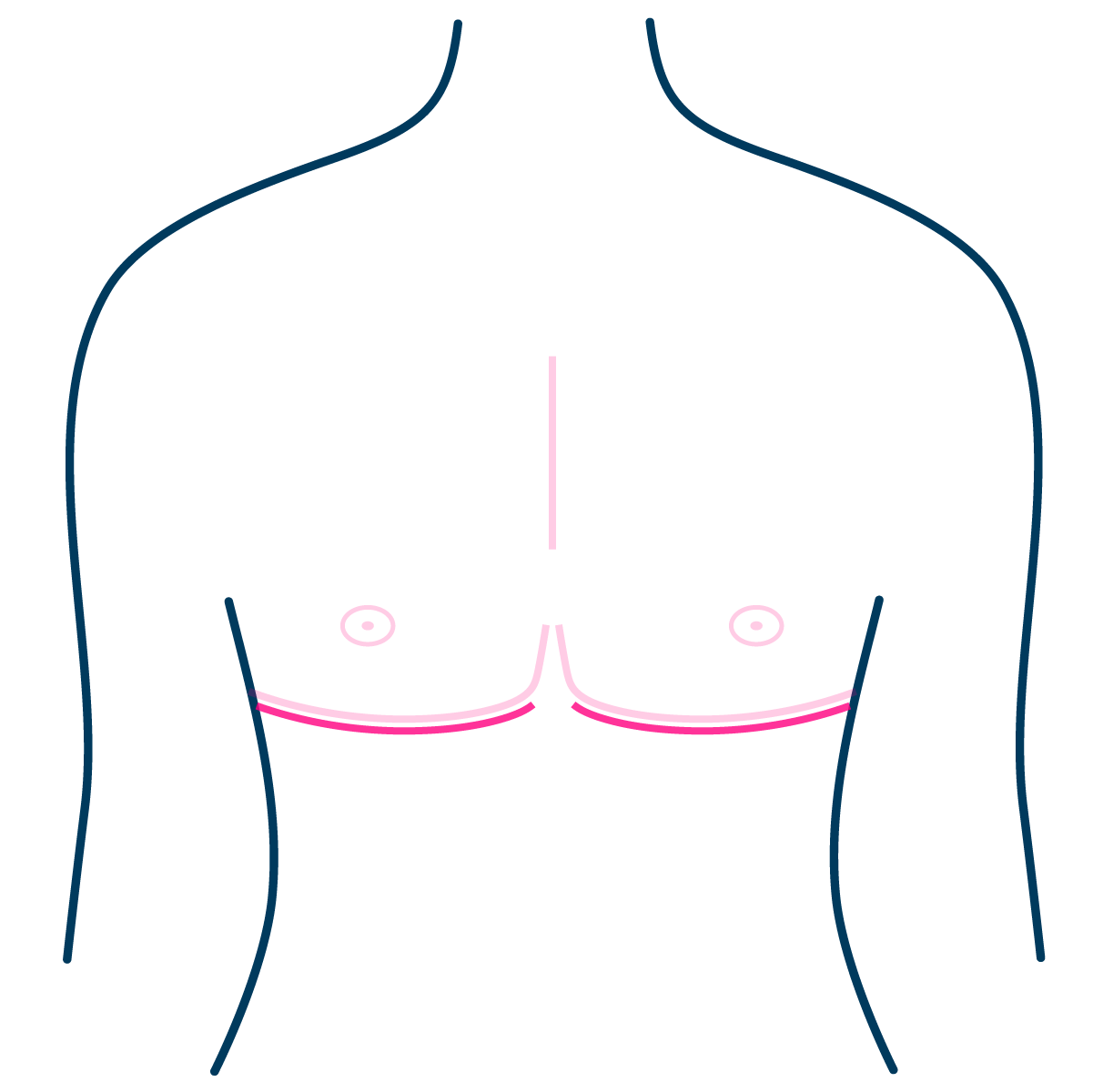
During a double incision mastectomy, the surgeon makes incisions along the top and bottom of the breast to remove breast tissue, resulting in scars across the chest. These scars accentuate the natural contours of the chest muscles, creating a masculine appearance. The placement of these scars is typically adjustable to suit individual preferences and body types.
Please note: For all images on this page, blue is used for body outline, light pink is used to show contouring, and dark pink is used for scar lines.
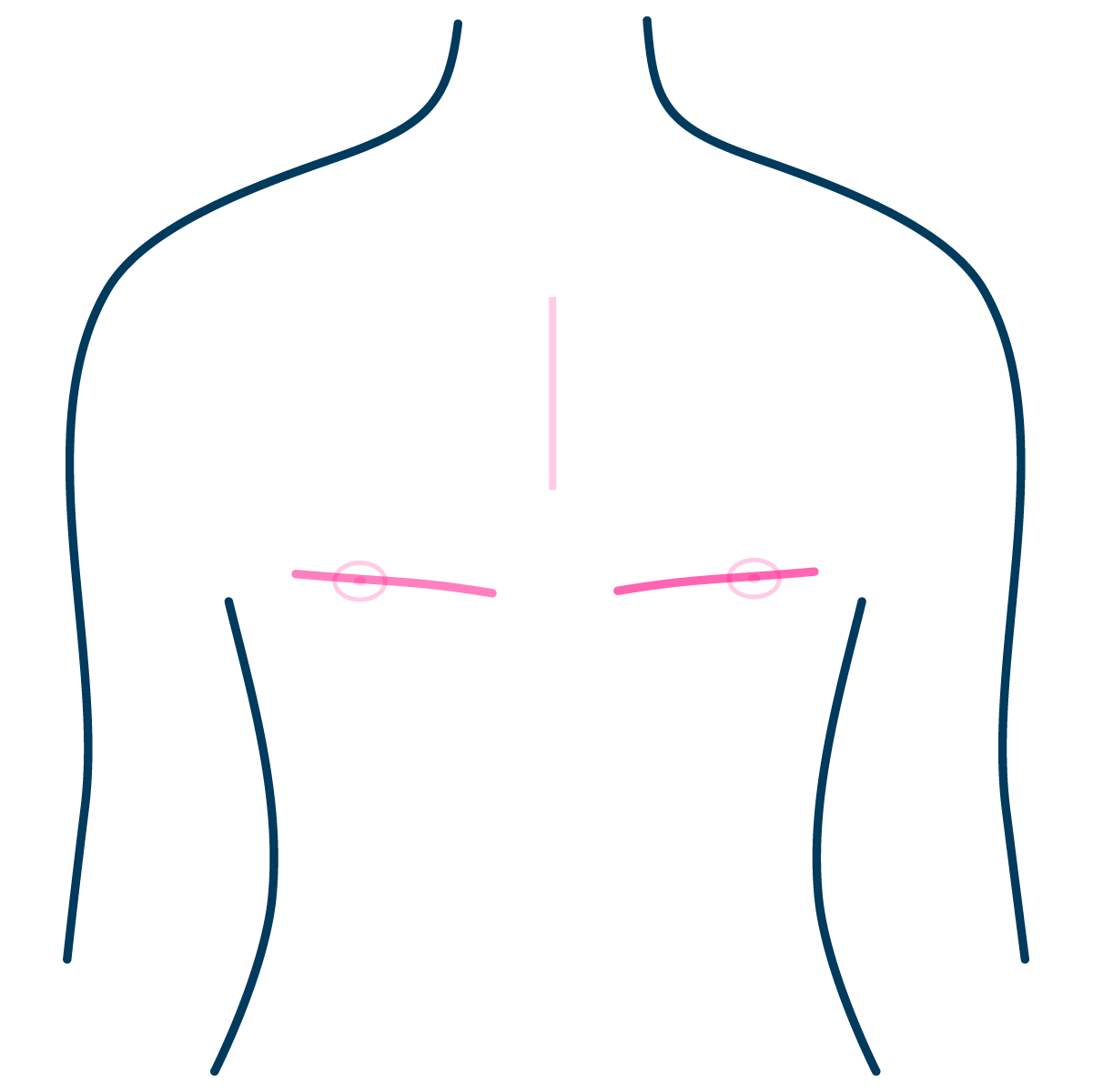
Individuals with small breasts (A or small B cup) undergoing a double incision mastectomy may find that the resulting scar falls across the middle of the chest. This option is often called a ‘high scar’ technique. This aesthetic choice may be preferred by some individuals, aligning with their desired appearance post-surgery. In such cases, an alternative, and often considered a superior option, is a single incision mastectomy.
For individuals who identify as non-binary and do not desire a muscular appearance, the surgeon can position the scar across the middle of the chest, similar to the approach used for female patients undergoing breast cancer surgery. This technique offers a different aesthetic outcome, accommodating diverse gender identities and preferences.
Additional Considerations
During the surgery, it's important to flatten the area beside the chest wall as much as possible to prevent dog ears. In patients with a larger build, characterized by a significant roll of tissue under the arm connecting to the breast, despite the best efforts, residual tissue may still occur. If this is anticipated, it will be discussed during the consultation, and a second revision surgery may be necessary in the future.
Nipple Reconstruction
During a double incision mastectomy the nipples and areola need to be removed. There are a number of reconstruction options available with each option holding a slightly different result.
Note: In this section, the term "nipple" encompasses both the nipple and areola, unless explicitly specified. The "nipple" refers to the central projected part, while the areola denotes the circular pigmented skin surrounding the nipple.
Nipple position and size play a significant role in conveying masculinity or femininity. For instance, a smaller nipple and areola are typically perceived as masculine, while a larger nipple and areolar are associated with femininity. Additionally, nipples positioned closer to the center of the chest are considered more feminine, while greater spacing and outward placement are viewed as masculine.
Free Nipple Grafts (FNG)
After a double incision mastectomy, the nipple can be taken from the breast tissue, resized, and relocated back onto the chest wall as a free nipple graft (FNG). The male nipple's characteristics in terms of size, shape, and placement on the chest wall differ from those of females, and FNG aims to achieve a masculine appearance.
However, the viability of the graft relies on the underlying skin (dermis) for nutrient supply since it lacks its own blood circulation. Consequently, FNG is associated with relatively higher risks regarding outcome predictability. While many individuals are satisfied with the eventual appearance of their nipple, it's important to recognize potential complications and their impact on the final aesthetic outcome.
Potential Complications
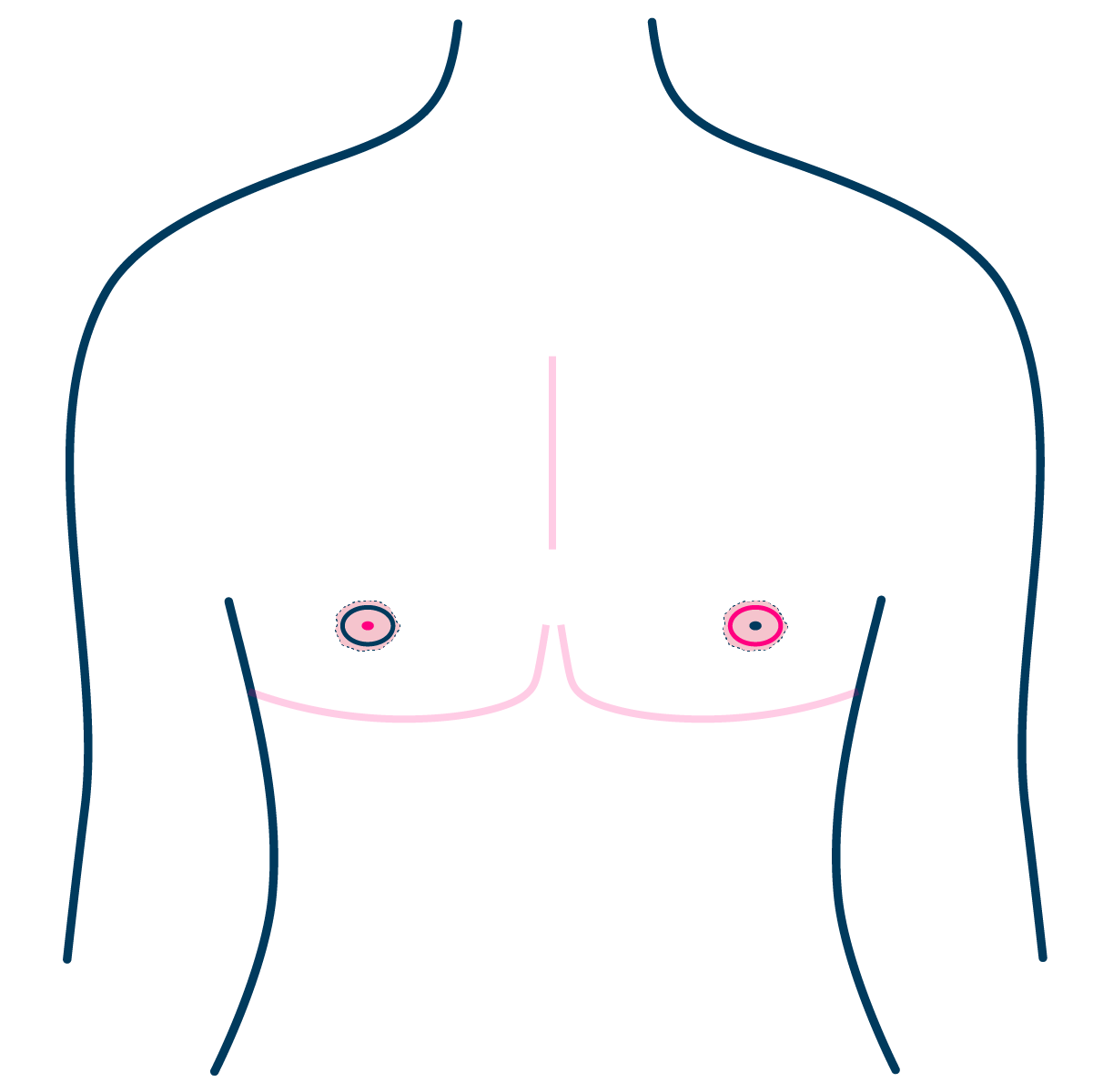
Patchy necrosis resulting in irregularities and discolouration
In cases where the grafted nipple lacks adequate blood supply, partial necrosis may occur, resulting in scabbing and potential uneven colouring. While this issue typically improves over time, tattooing may be considered to enhance its appearance if necessary. Full necrosis, where the entire nipple graft fails, is rare.
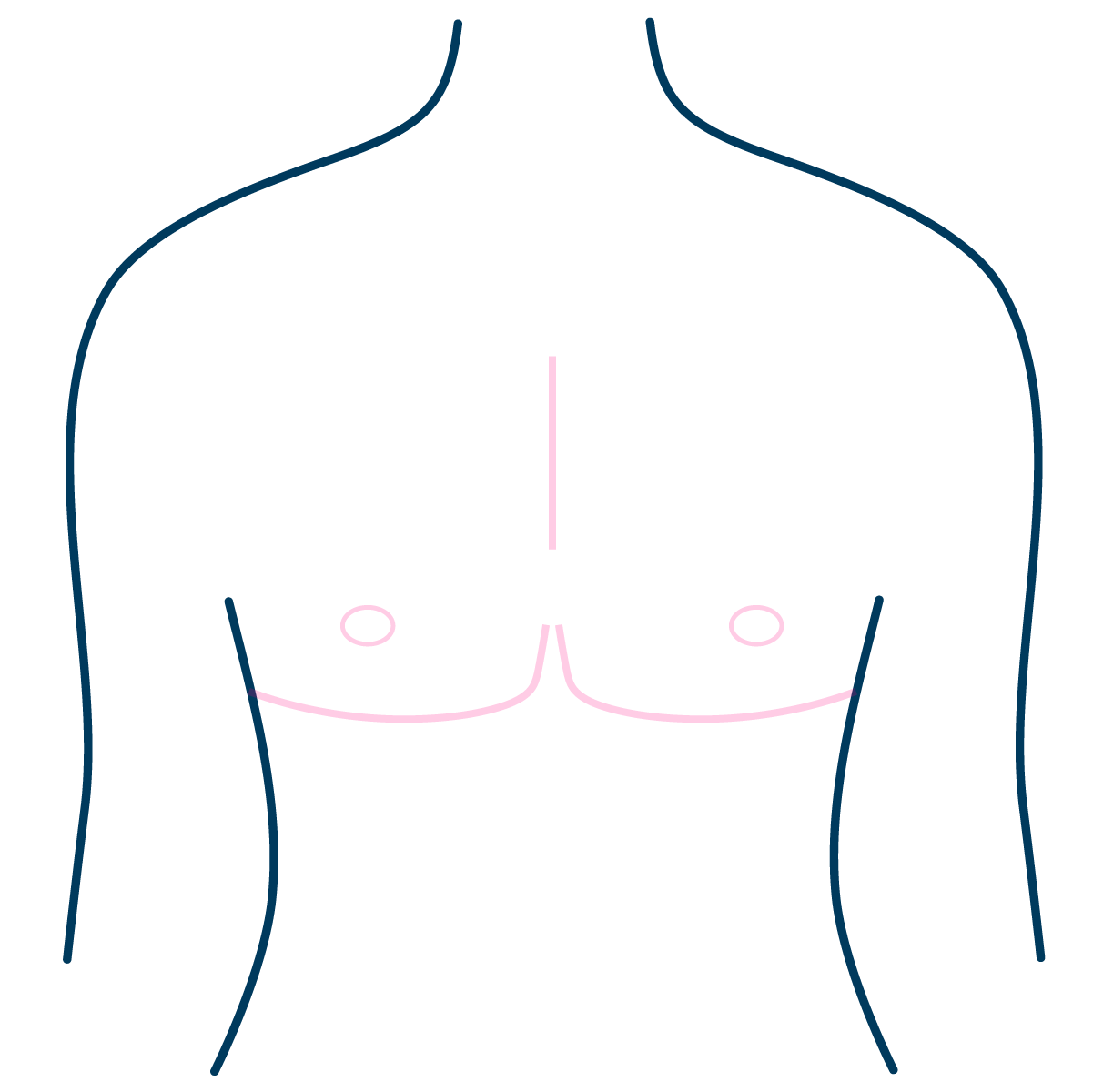
Loss of nipple projection (height)
The tip of the nipple, being farthest from the underlying blood supply, often experiences shrinkage after surgery. This reduction in size is generally well-tolerated, as the male nipple typically has a smaller appearance.
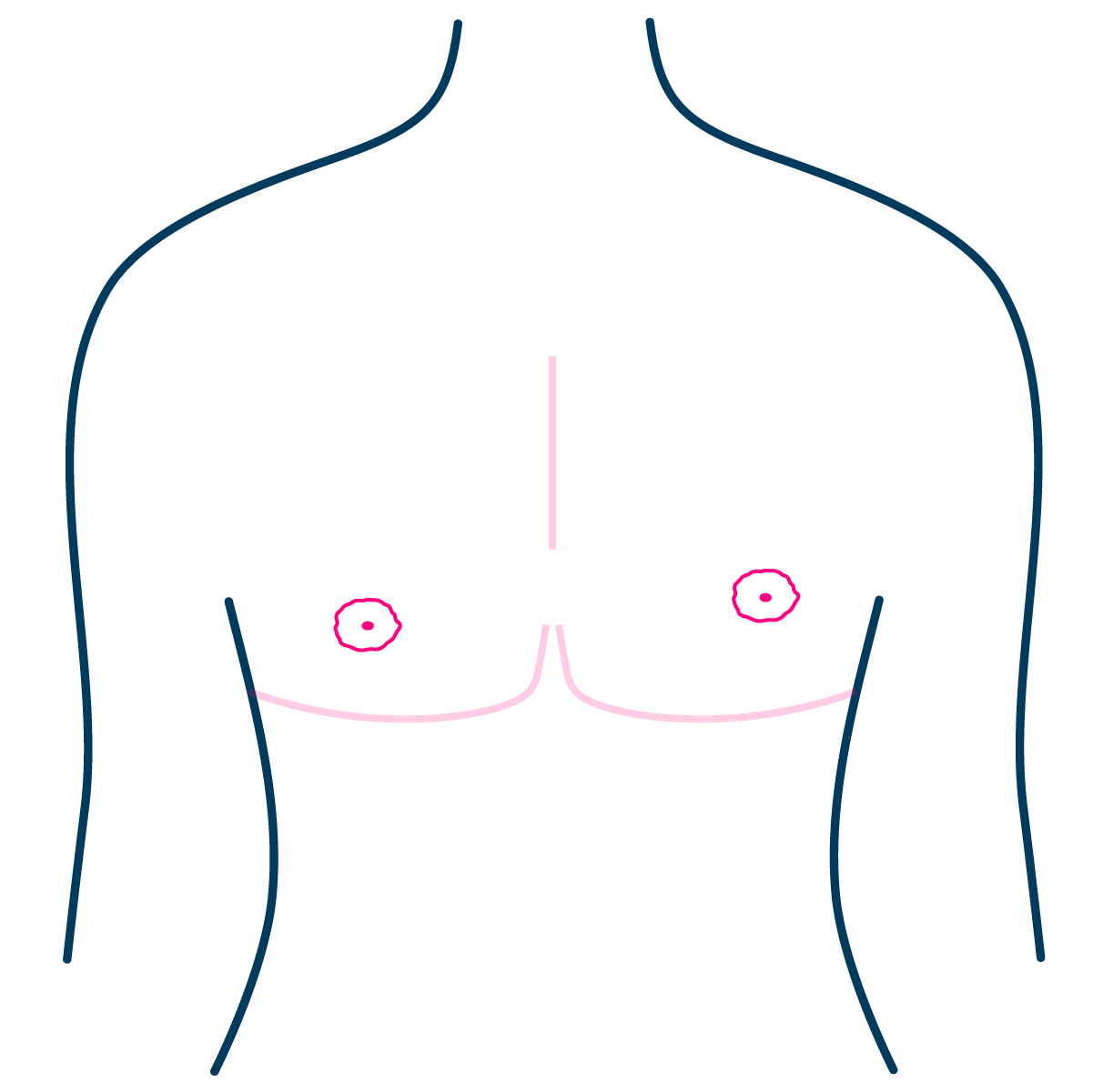
Displacement and asymmetry
During surgery, the FNG is carefully positioned at a meticulously measured and tailored location. However, over time, as swelling resolves and with the influence of testosterone and exercise, the underlying pectoral muscles may grow, causing shifts in the chest area. These factors, combined with natural healing processes, can lead to changes in the scar and nipple position. In cases of significant asymmetry, surgical correction may be necessary.
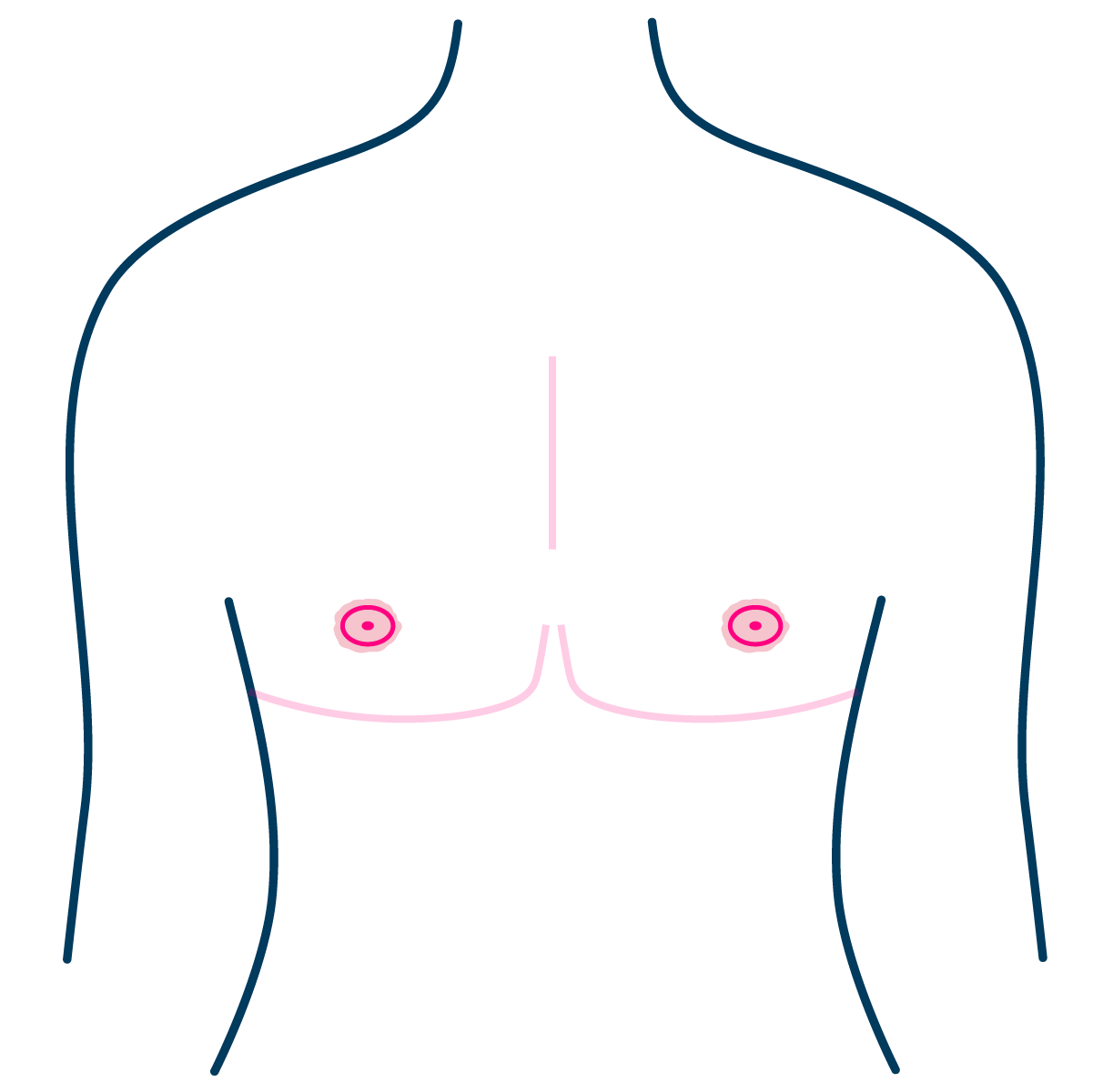
Hypertrophic (thickened and raised) scar
Certain individuals may be more susceptible to developing hypertrophic scars, which can occur around the nipple area following surgery. These scars, which can arise from any incision on the body, have the potential to impact the aesthetic appearance of the nipple.
Non-surgical nipple reconstructrion options - 3D tattoo and attached prosthesis
3D nipple tattoos and stick-on prostheses are frequently overlooked options for nipple reconstruction after double incision mastectomy.
These alternatives offer a realistic appearance and allow for precise customization of colour, shape, and positioning of the nipples. Additionally, opting out of free nipple grafts during surgery can reduce procedural costs. However, it's important to note that free nipple grafts are the only option for preserving your own nipple and achieving a distinct textured skin over the nipple.
3D nipple tattoos create a realistic three-dimensional appearance, although they lack actual texture. As a result, the skin over the nipple area feels the same as normal skin, without any projection. Consequently, it doesn't provide the appearance of a nipple under tight clothing.
Stick-on prostheses offer nipple projection and a different texture to the touch, providing a more natural feel compared to 3D nipple tattoos. However, they are made of rubber, which may feel less natural. Some individuals find the process of applying glue and adhering them to the skin cumbersome, but they can serve as an interim option while deciding on the color and placement for a permanent tattoo.
Links to Additional Information
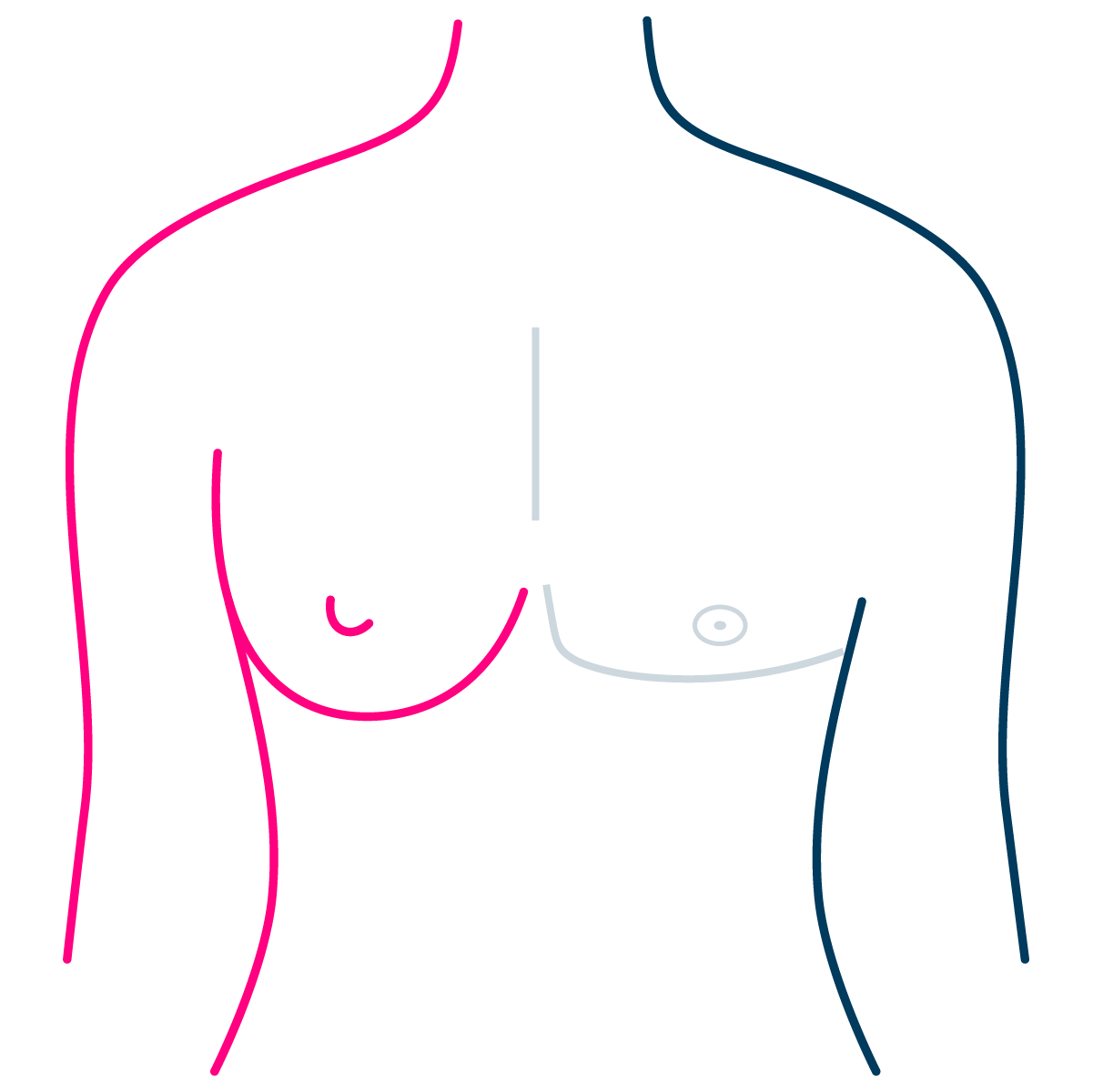
Appointment booking is provided in English.
Consultations are provided in English and Mandarin Chinese.
